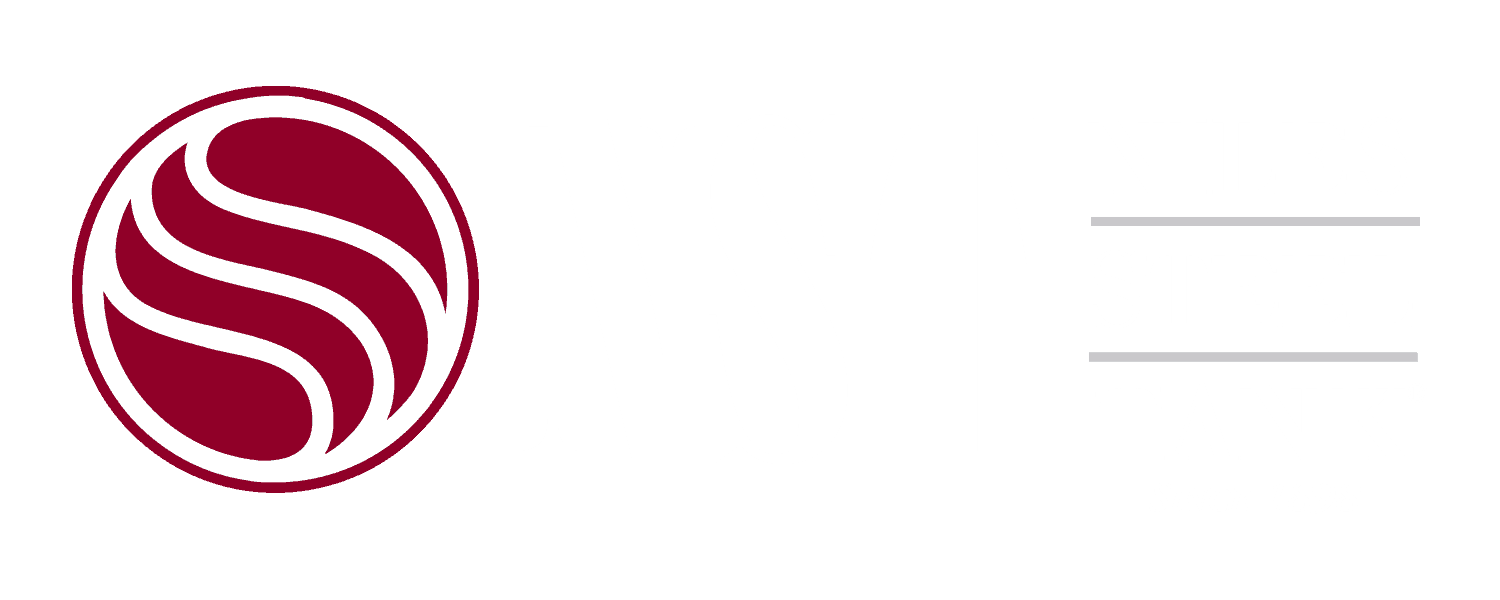Tubesheet:
A metallic disk in which the U-tubes are inserted. The tubes are expanded against the holes in the tubesheet to form a leak tight mechanical joint. Common tubesheet materials are steel, stainless steel and copper clad. The tubesheet is normally sandwiched between the shell flange and the element head. Thickness of the tubesheet must be calculated for various pressure services.
U-Tubes:
Round thin-walled pipe that will carry either one of the two mediums required for the heat transfer process. Normally copper is the preferred material due to its corrosion resistance and high energy transfer rates. Common diameters are 1/2″ and 3/4″ – O.D., however in some service 1 1/4″ OD tubing is required. Material selection may depend on operating conditions and the aggressiveness of the environment to which they will be exposed.
Double Wall Tubes:
Double wall U-tubes are required in some areas by law. The intent is to provide a system of detection prior to cross contamination occurring within the system. These are highly specialized tubes in which there is a tube within a tube with a very tight connection between the two. In addition there is a leak path for any failure of either the inner or outer tube. This construction requires the use of (2) tubesheets. The process to mechanically seal both tubes is highly specialized. Generally, double wall tube bundles are not repairable.
Double Wall Tubesheet:
Used with double wall tube bundles, the double wall tubesheet is identified by the presence of two tubesheets set back to back with a thin divider plate in between. Double wall tubesheets also have a weep hole or “leak detection port”. Most commonly, two holes are used for leak detection. The weep holes are located between the tubesheets and are positioned 180 degrees from each other.
Spacer Plates:
A spacer plate is a thin plate, usually made of nonferrous material. Its purpose is to maintain correct spacing of the tubes so the liquid can pass freely over them. On long tube bundles, the weight of the tubes can create a natural sag that is avoided if spacers are located at bundle support bars.
Baffle Plates:
Baffle plates are similar to spacer plates but provide a performance related function as well. Baffle plates are used to direct the flow of liquid directly over the tubes in order to provide the optimal heat transfer performance. These tube bundles usually fit tightly into the heat exchanger shell and are equally as long as the shell. Baffle plate are designed with a “pitch”, which is the center to center spacing of each baffle. They are also designed with a “cut” which is the dimension of the baffle above or below the centerline of the tube sheet.
Element Head:
The element head is the “end cap” of the tube bundle assembly. The element head provides access for the fluid to enter the U-tubes. The head is usually constructed of carbon steel or cast iron. Generally the element head is 2-pass allowing the fluid to pass though the upper portion of the tubes and return via the bottom portion. Also, there are other applications that require the fluid to pass through the tubes 4 to 6 times. The element head provides the correct flow pattern.
Tie Rod:
A bar maintains correct spacing or locations of spacers and baffles.
Tube Passes:
The number of times circulated fluid in tubes changes direction of flow.
Pass Partition:
A plate located in the element head to divert the flow in the tubes. Arrangement and number will depend on the number of tube passes required.
Housing/ Collar/ Neck:
Nozzle or sheath in which the tube bundle in inserted.
Gasket Material:
Material which forms a seal between the element head and the tubesheet. It also includes an additional gasket between the element neck/ housing and the tubesheet. Material selection depends on the pressure, fluids and temperatures particular to the given service.
Weep Hole:
A small hole or opening between double wall tubesheets open the atmosphere. Leaks in the double wall tubes will be evident by leaking through this opening.
Support Bars:
Angles or plates installed in the vessel to support the tube bundle. Usually bundles over 30″ in overall length will require one or more supports.
Standard Tubesheet:
Also called “between the bolt” tubesheet, this type has no bolt holes. The tube bundle is inserted into the vessel and the tubesheet is clamped between the collar and the element head. Bolt holes in the collar and element head are positioned around the perimeter of the tubesheet.
Bolted Tubesheet:
Tubesheet is full diameter to the collar or housing and is drilled with the same diameter holes as the flanges. This permits easier field alignment of the tube bundle in relation to the element head configuration. A variation of the full bolted style has threaded bolt holes. A stud is threaded into this hole and bolted to the collar and the element head. This permits inspection of either side without breaking the seal of the other. This is the full-bolted, drilled and tapped style.

 #nilessteeltank
#nilessteeltank